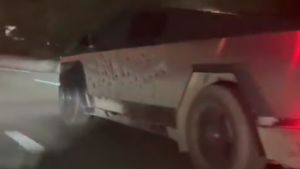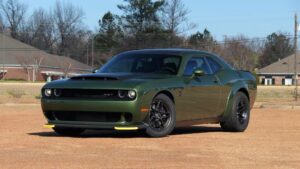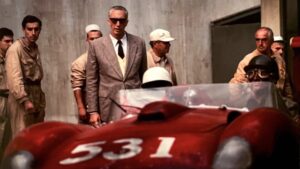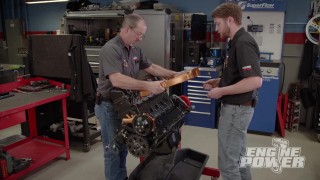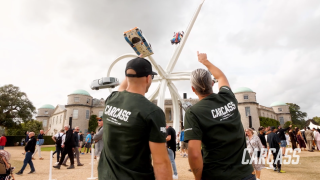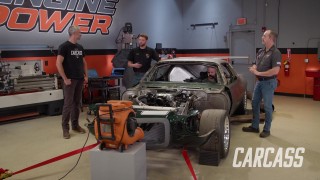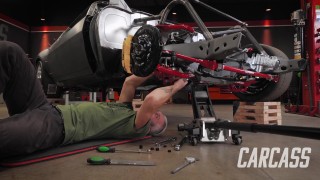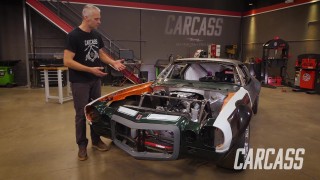What Goes In To Designing The Fastest Wheels In History
You can’t just throw any old wheels and tires on the fastest vehicle in the world. Beyond just the speed of travel, you need to consider stopping ability and any other situations.
If you know a thing or two about physics you know that spinning bodies gain more weight while they’re spinning. So the question tire manufacturers face is: how do you make a tire durable enough to withstand extreme speeds when the tire itself is getting heavier the faster the car moves? Think that one through!
It gets to be a concern when you get to speeds that the Bugatti Chiron and other supercars are reaching. So naturally, it would throw the Bloodhound team for a loop while they’re attempting to build the fastest vehicle in history – a 1,000-mph land speed record car.
So Real Engineering got to the bottom of it. They found that the added spinning weight can actually have beneficial side effects. This challenge is a little different from what sports car manufacturers are facing since their product almost always has to be street legal, need rubber tires. However, if that’s not a roadblock, as is the case with the Bloodhound SSC, metal tires are on now in the realm of possibility.
Why? Well, metal can distribute weight better. But then you have the issue of weight, which you’re obviously trying to avoid a ton of is speed is your main factor. So that leads to a material like forged aerospace aluminum so you can have both strength and durability yet the light weight you need for speed!

